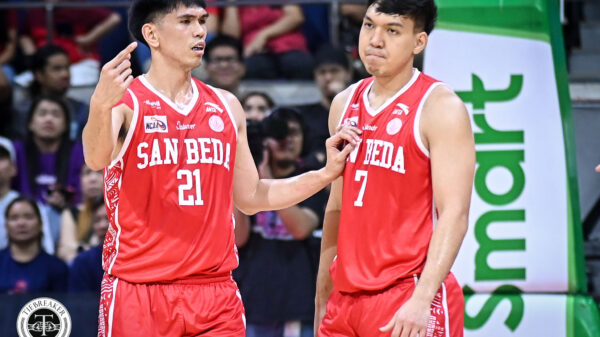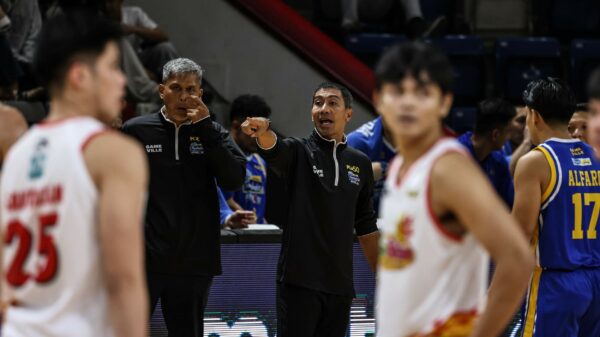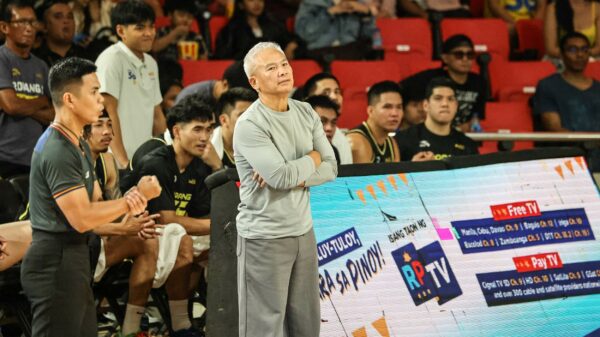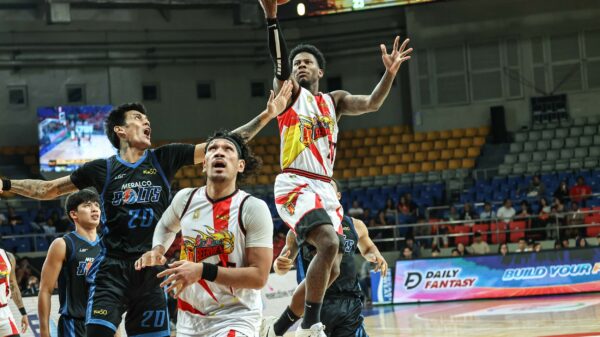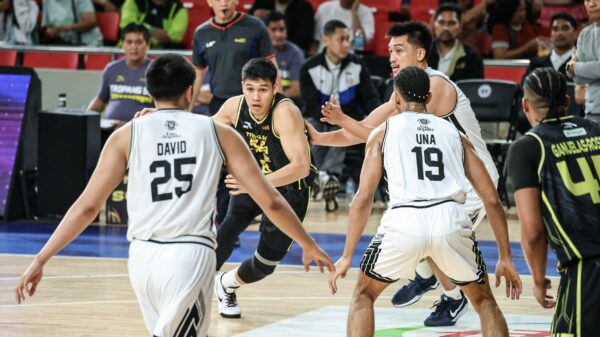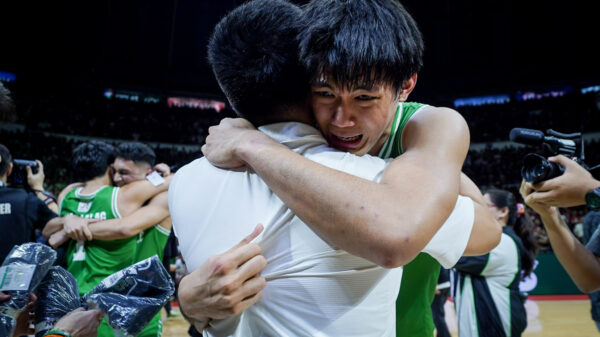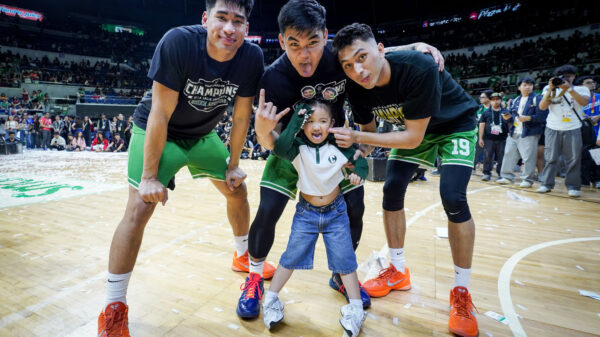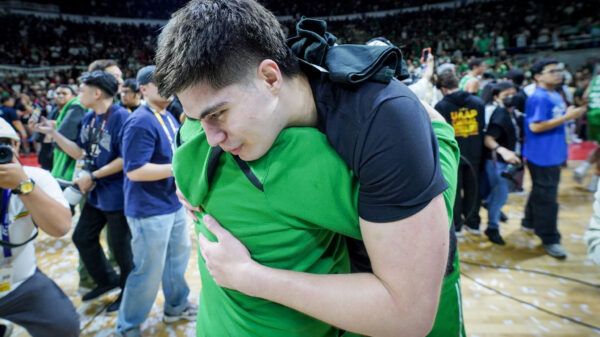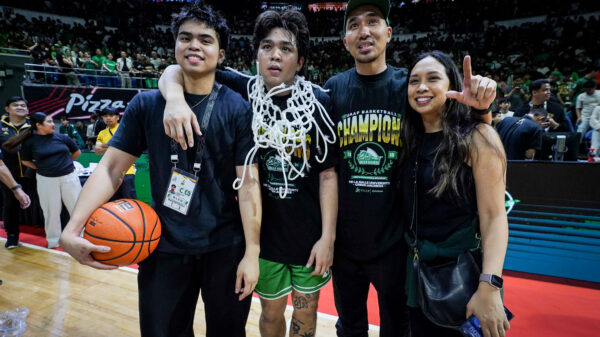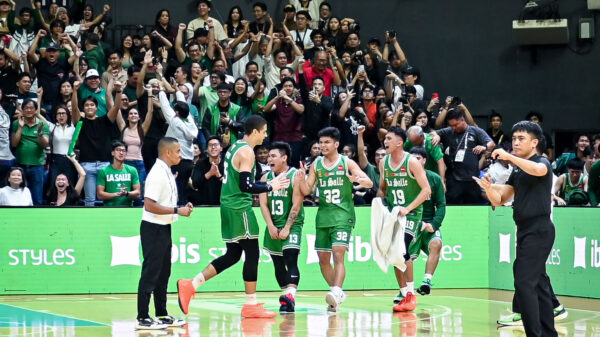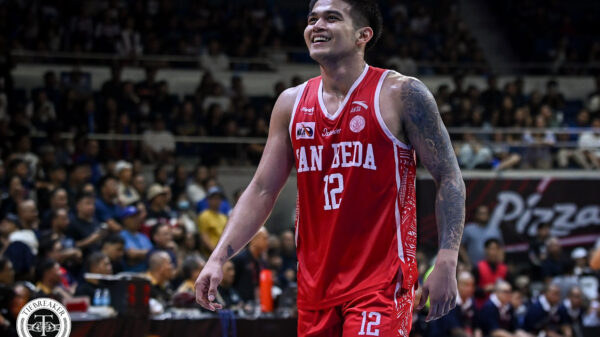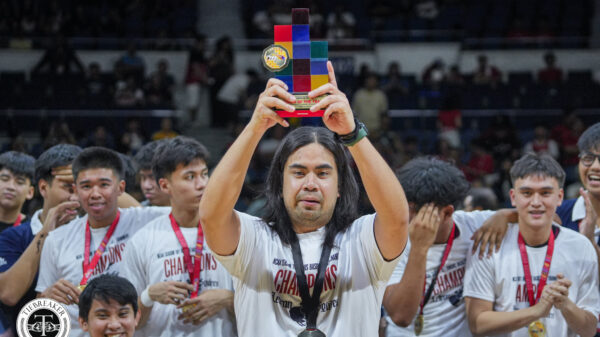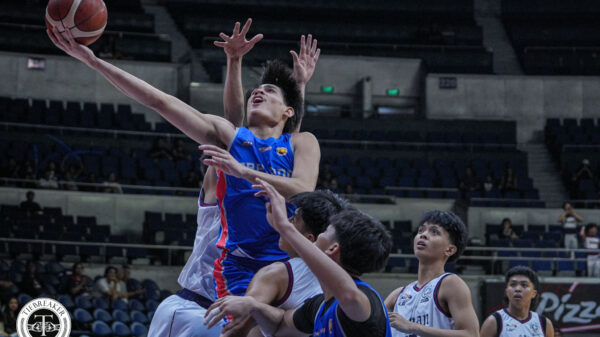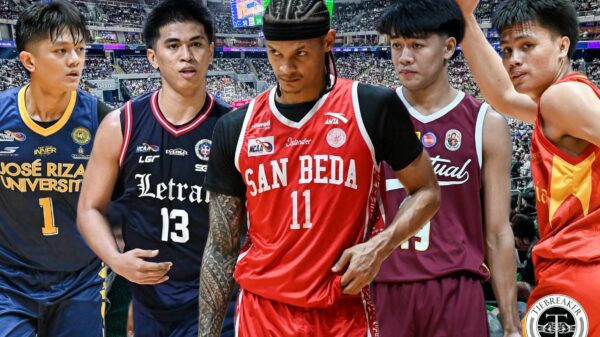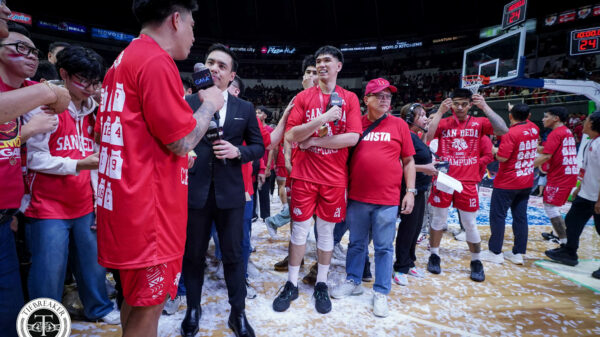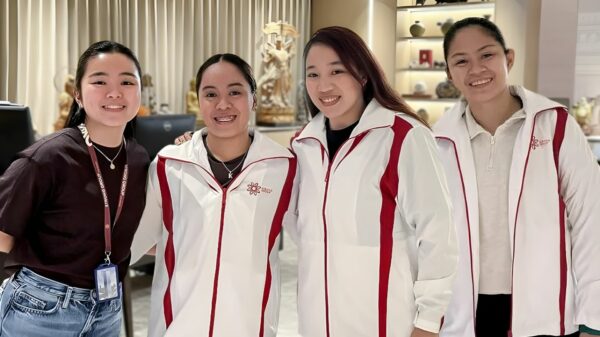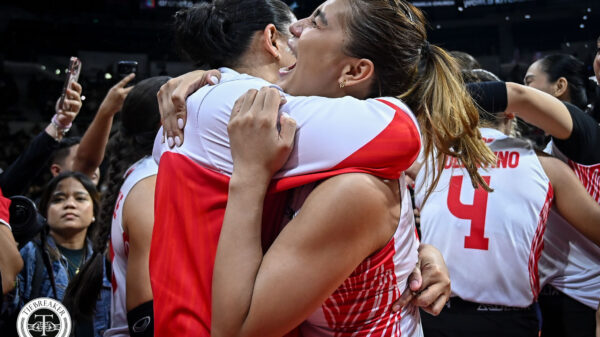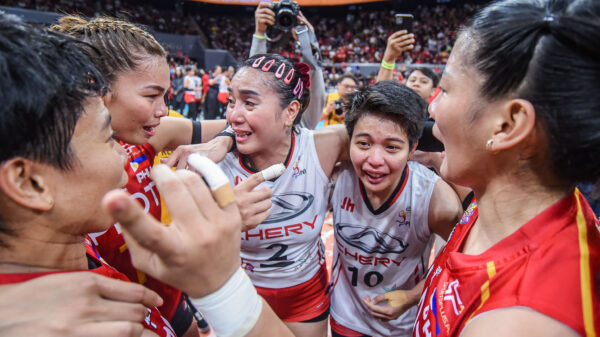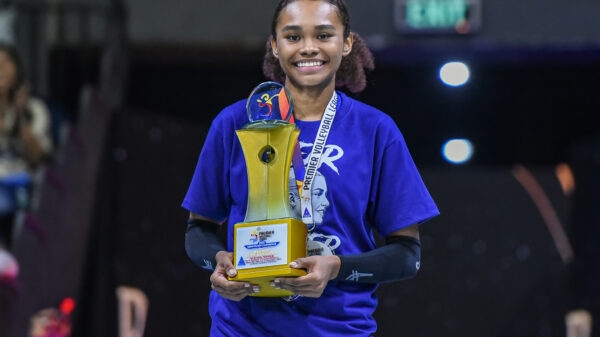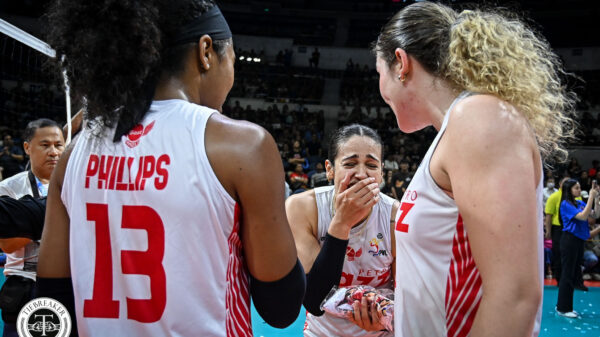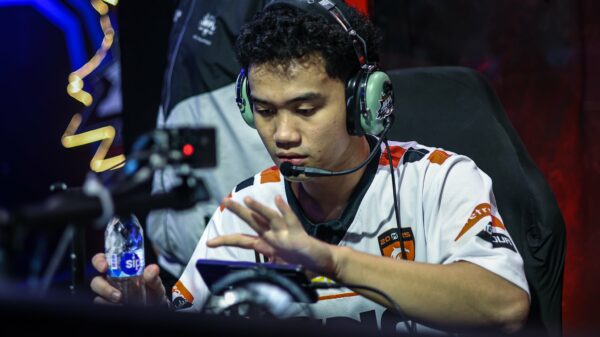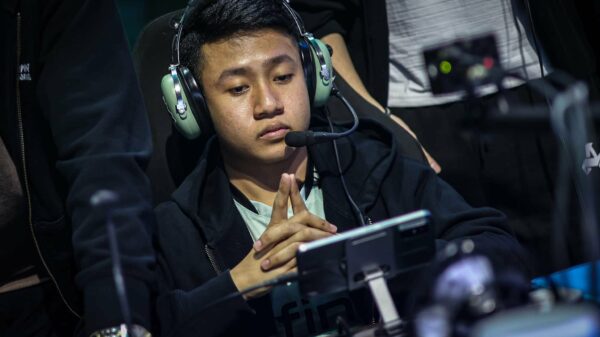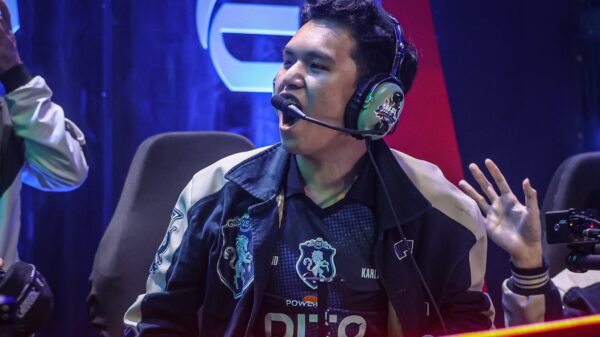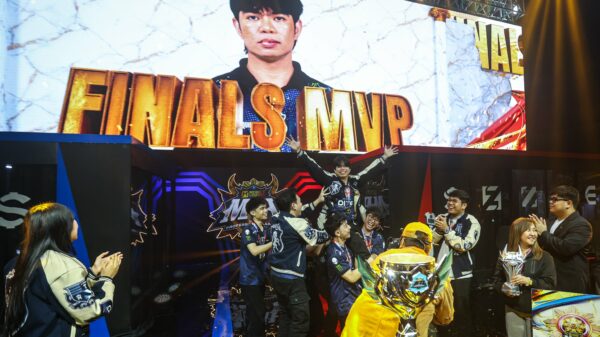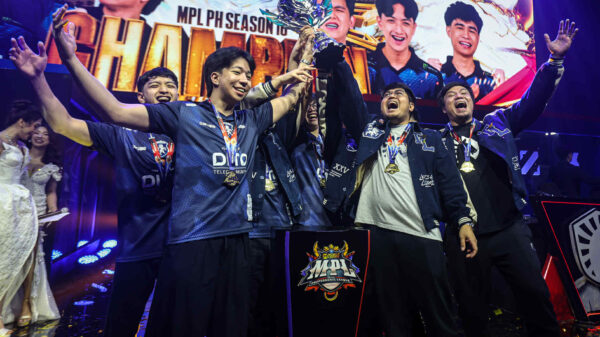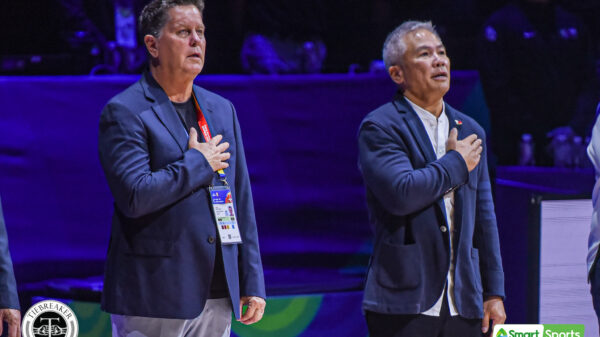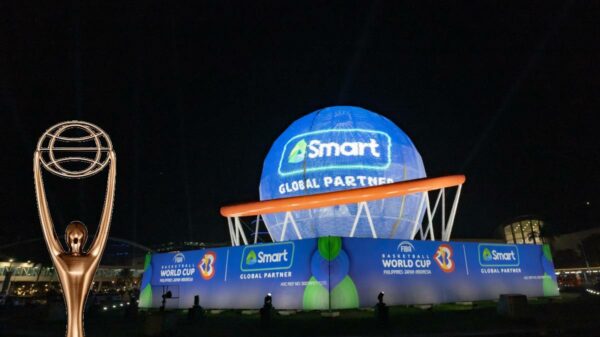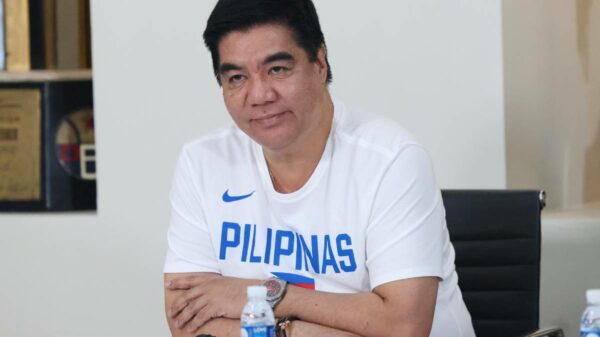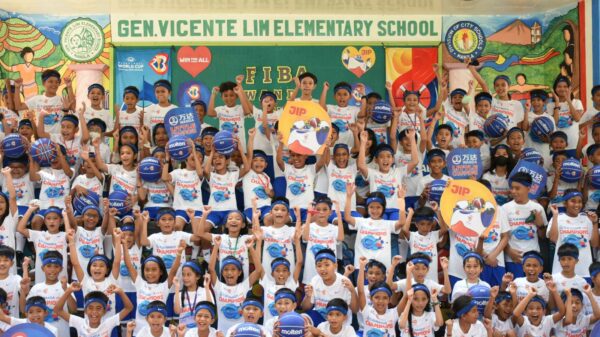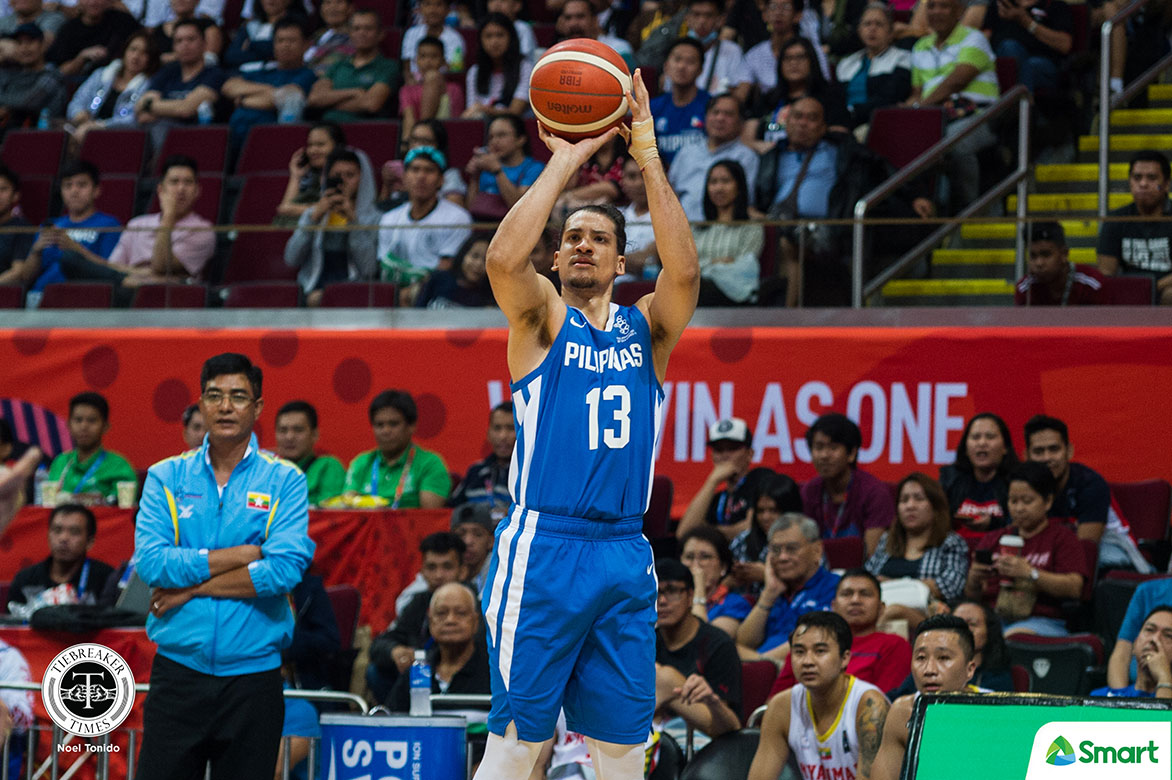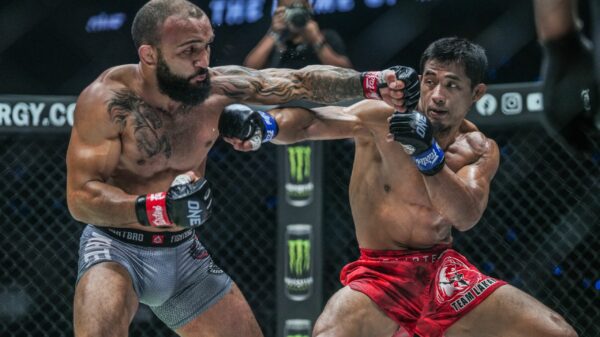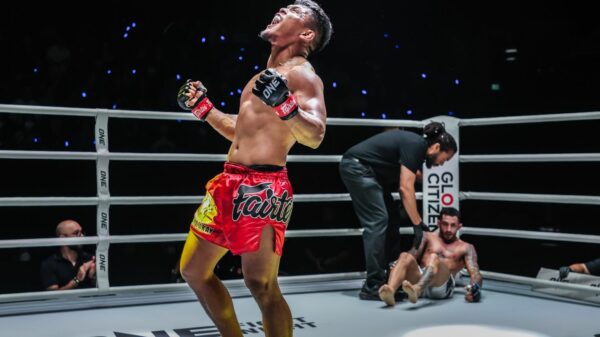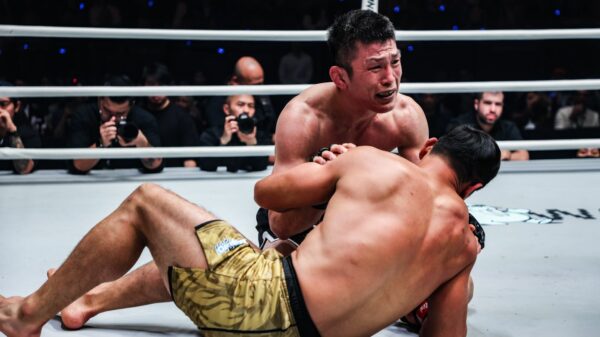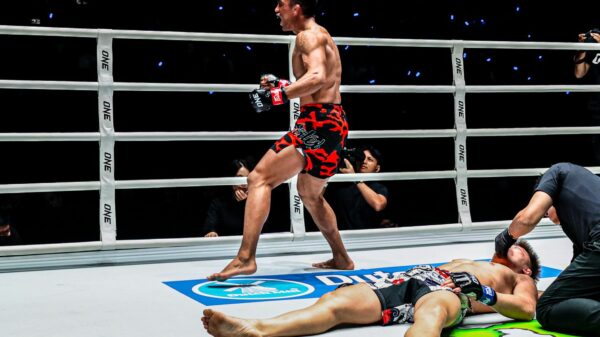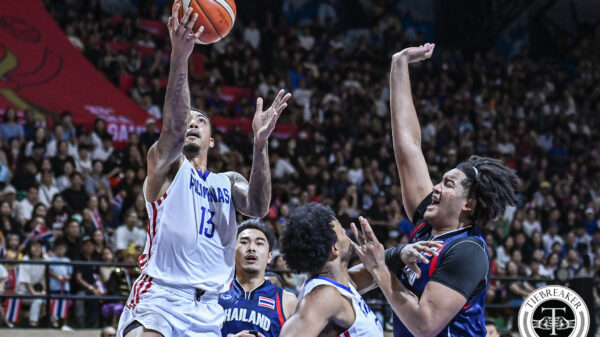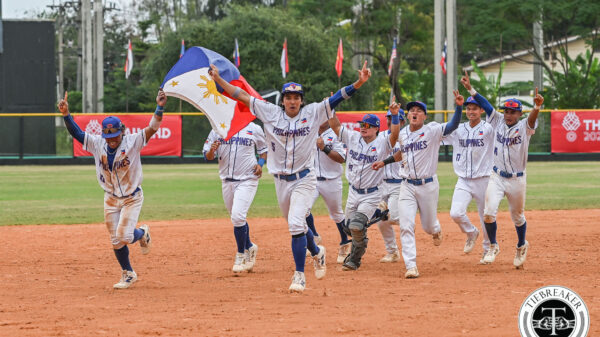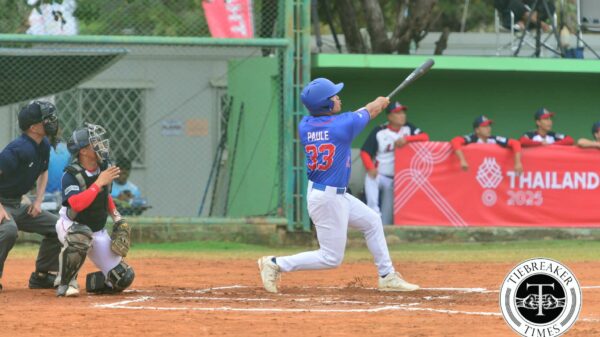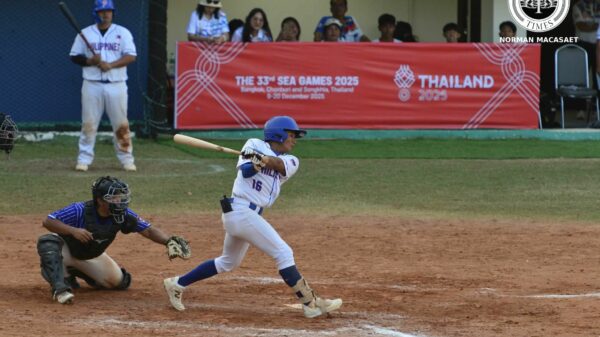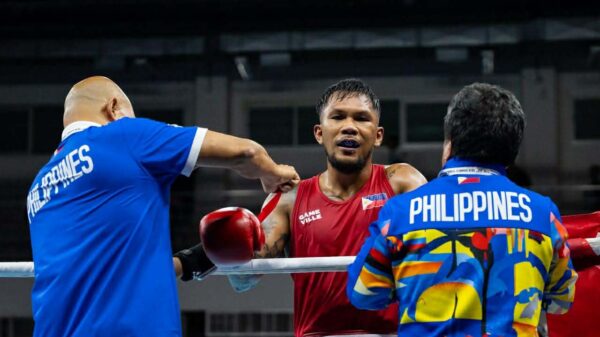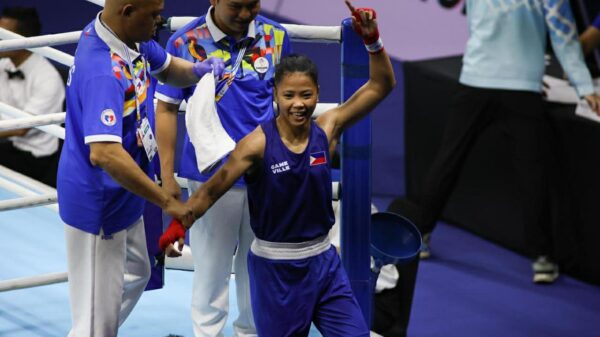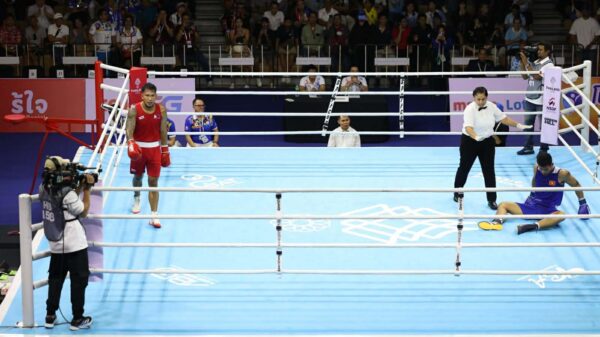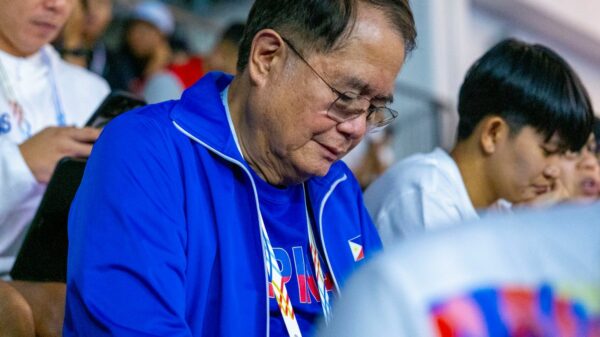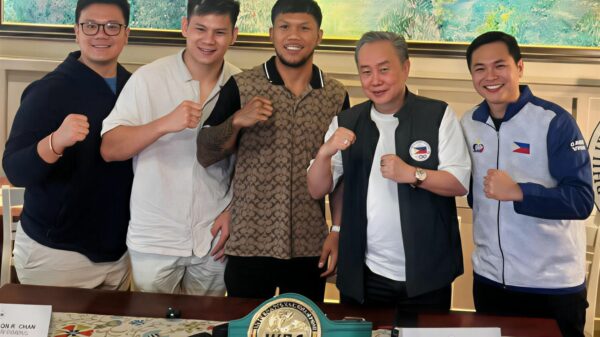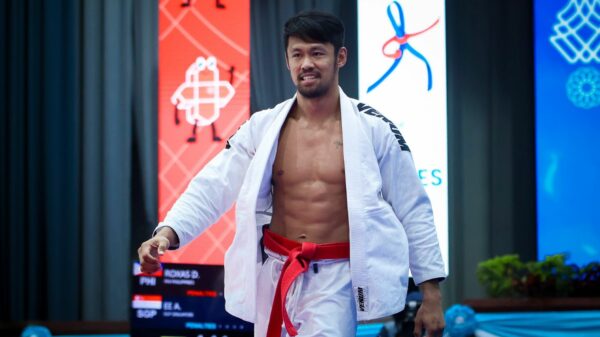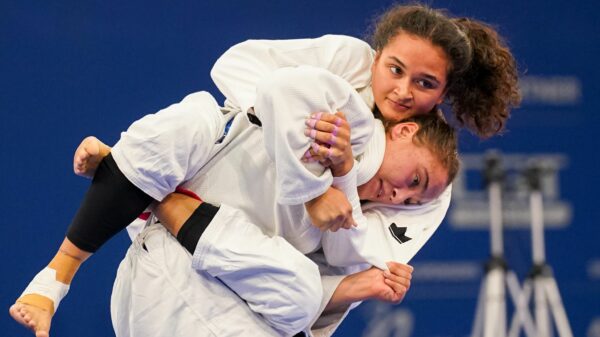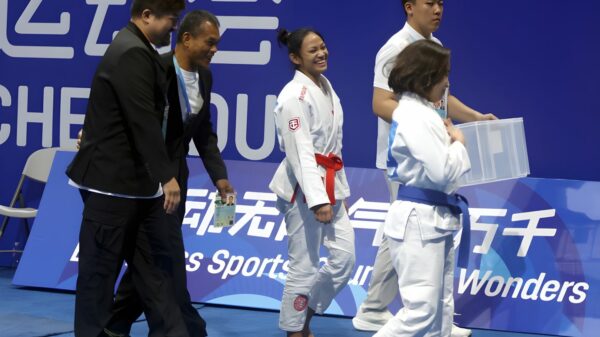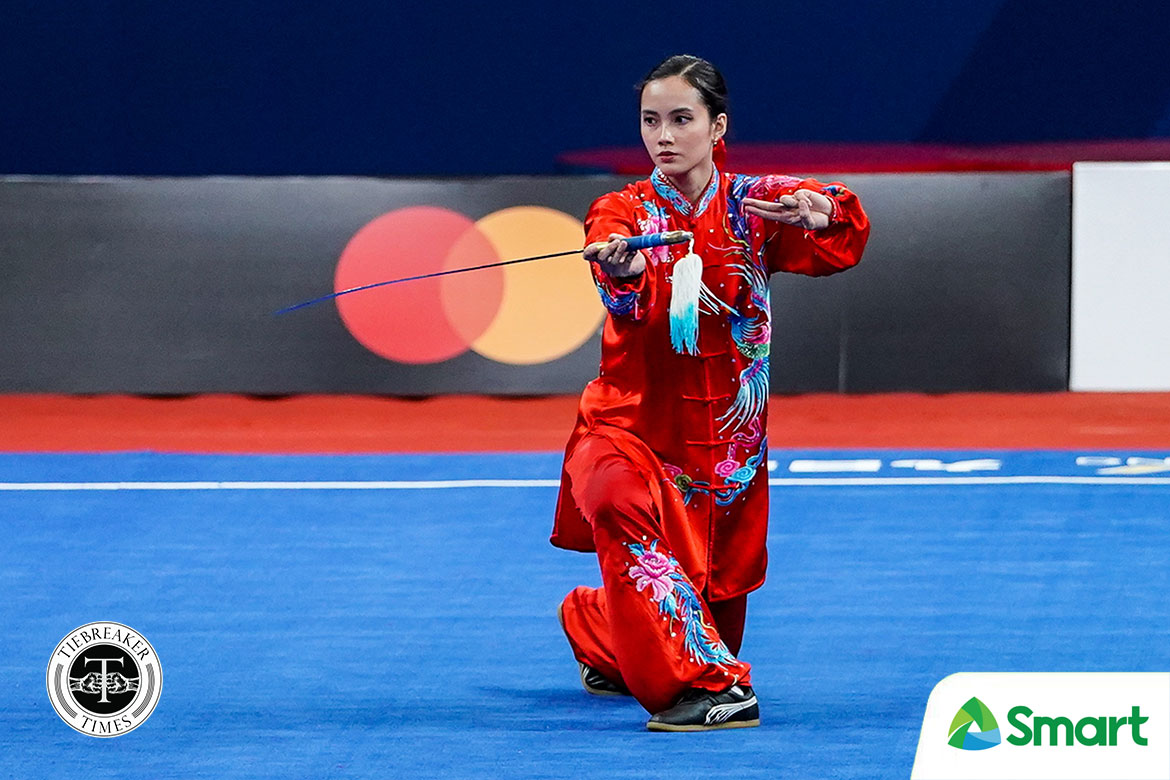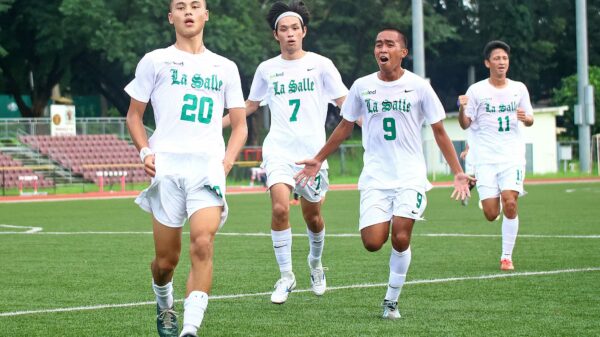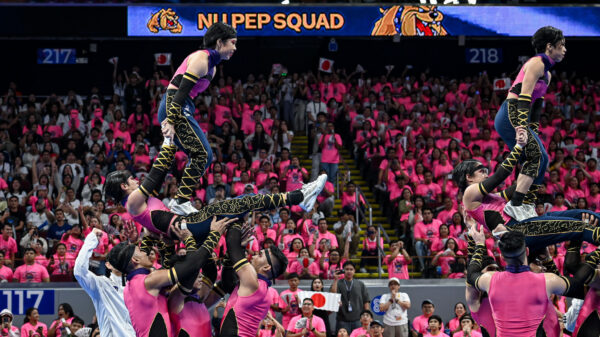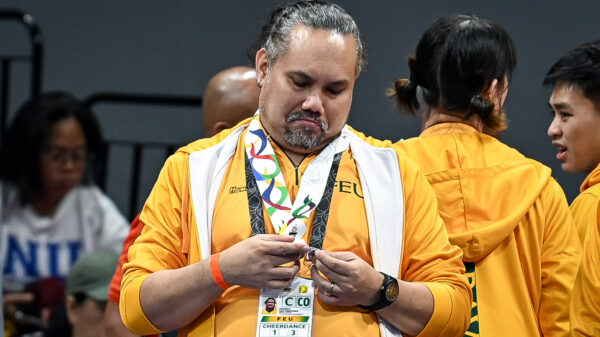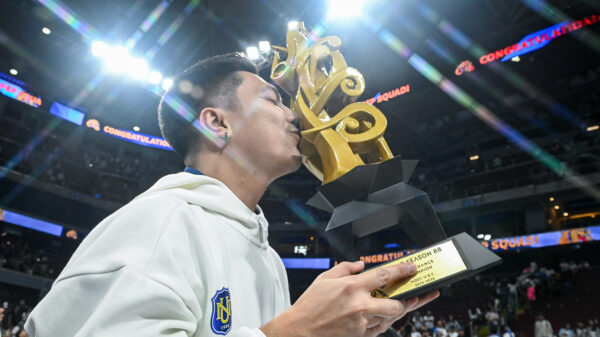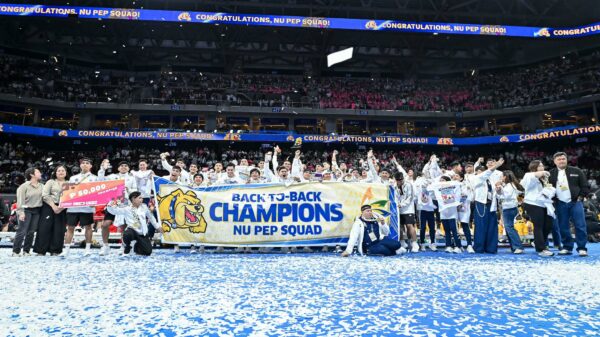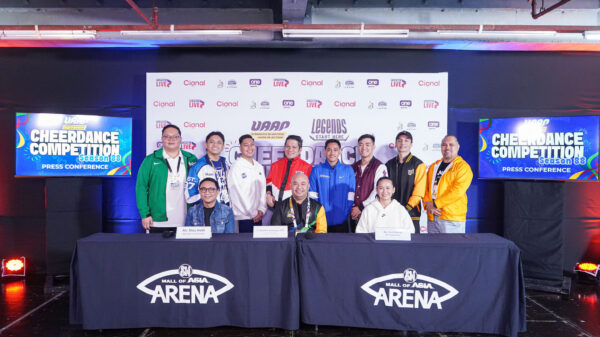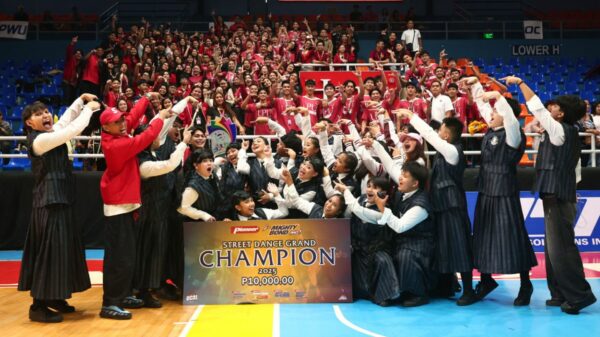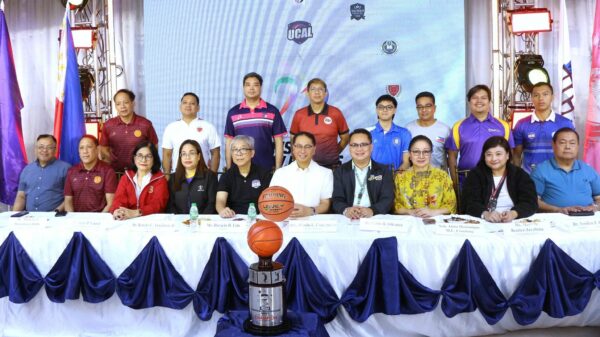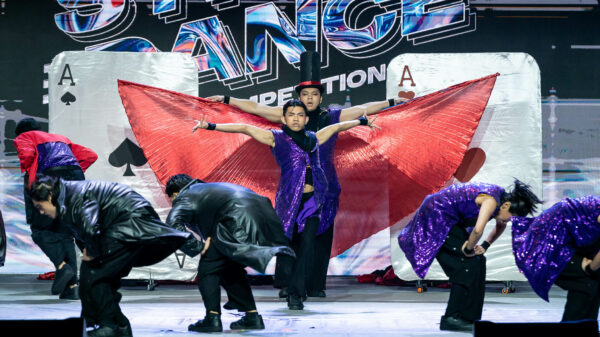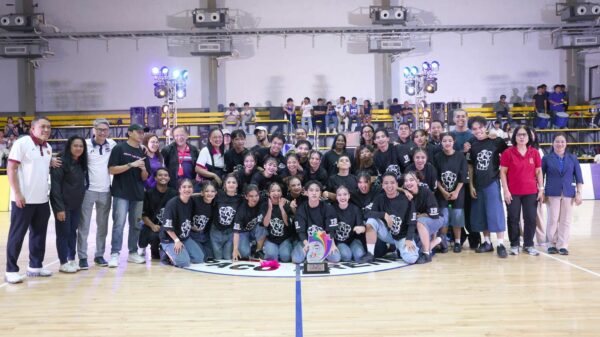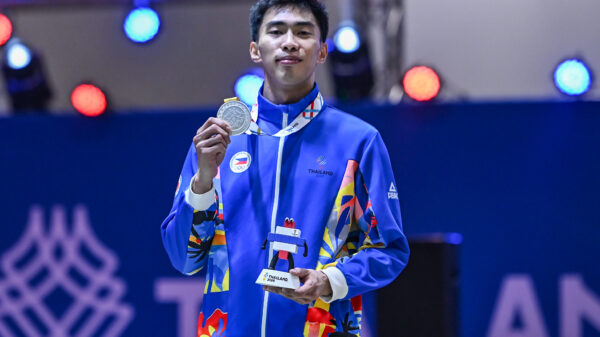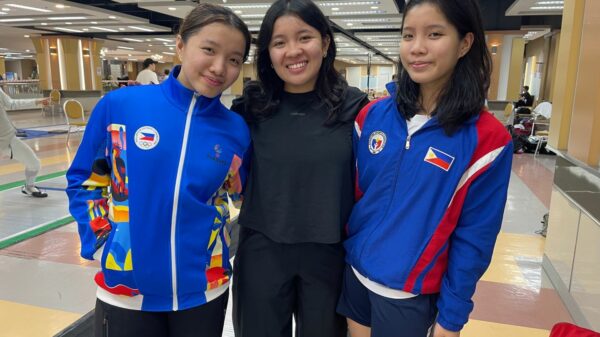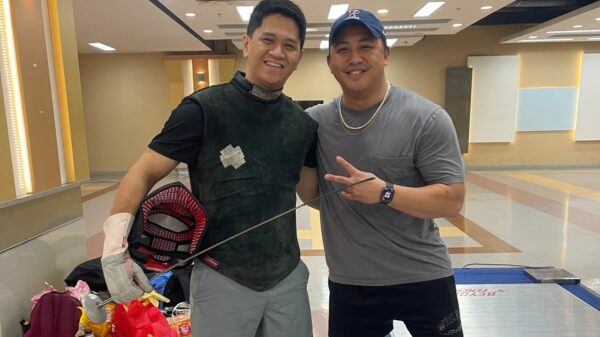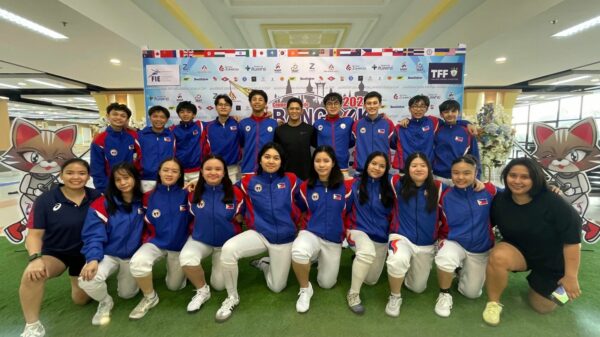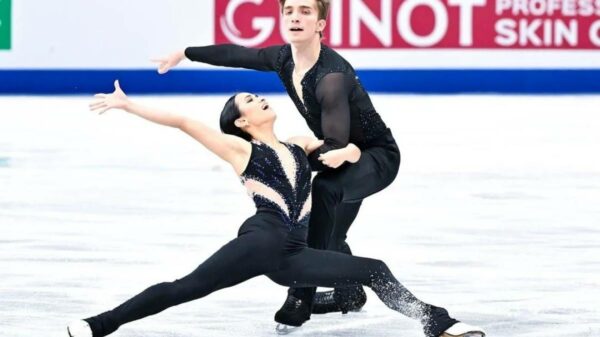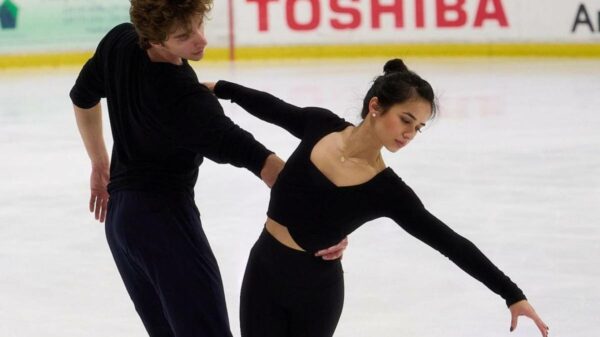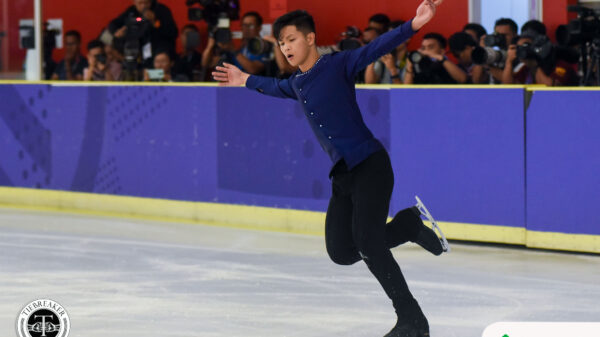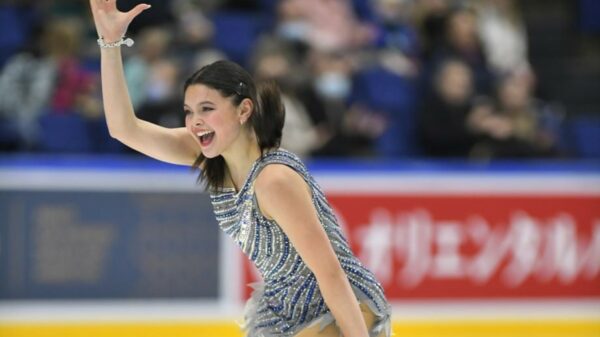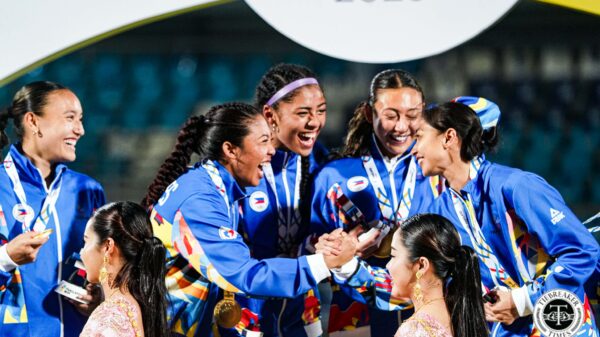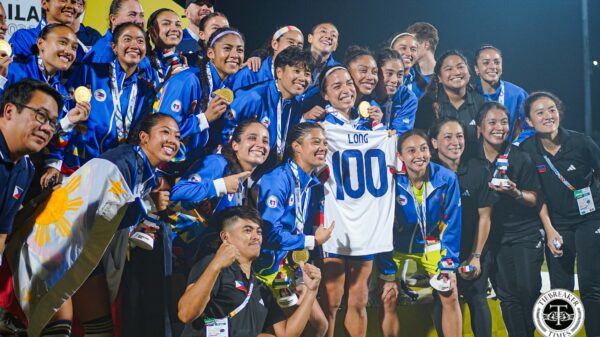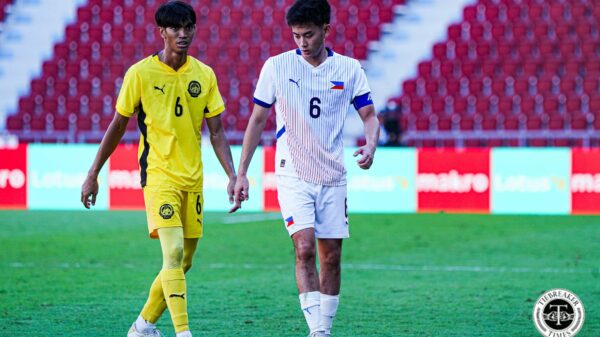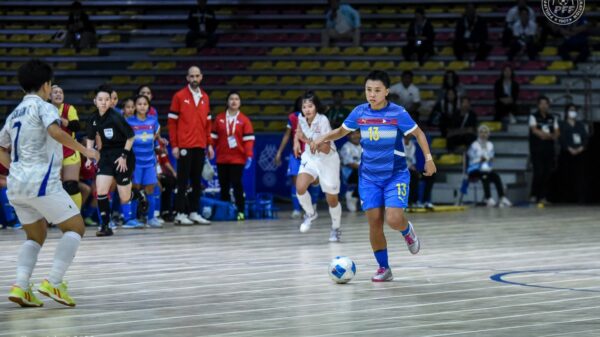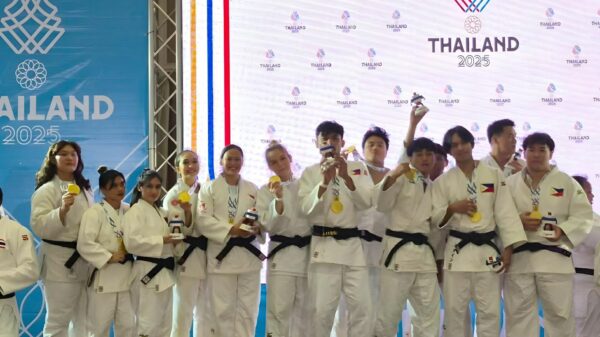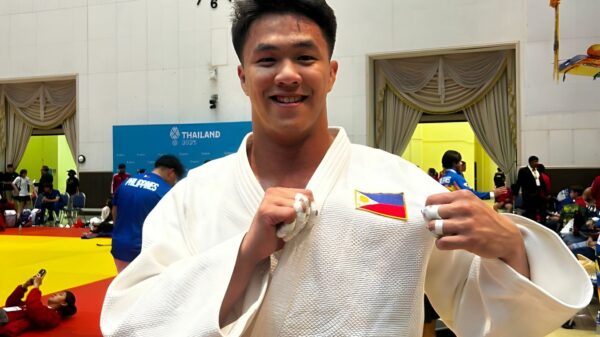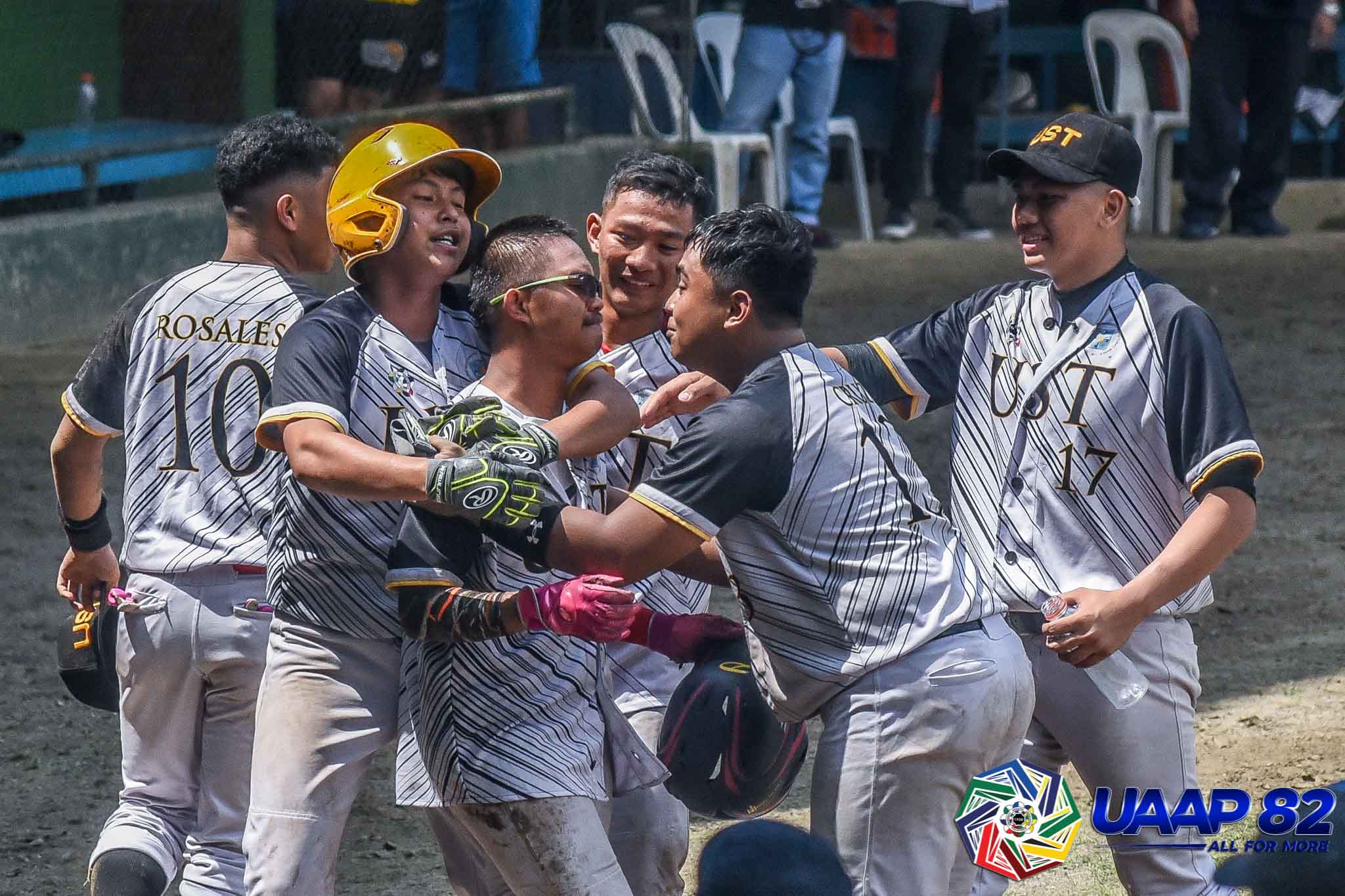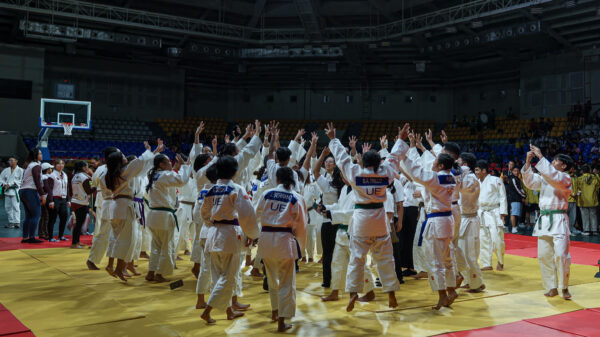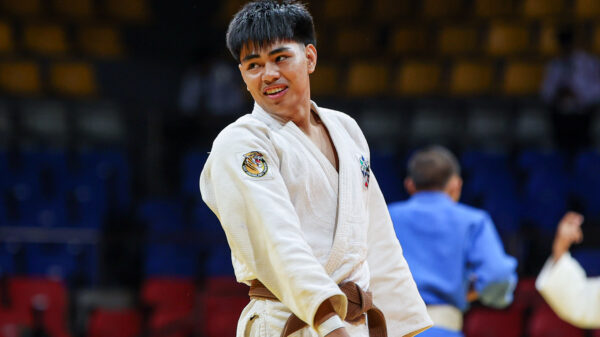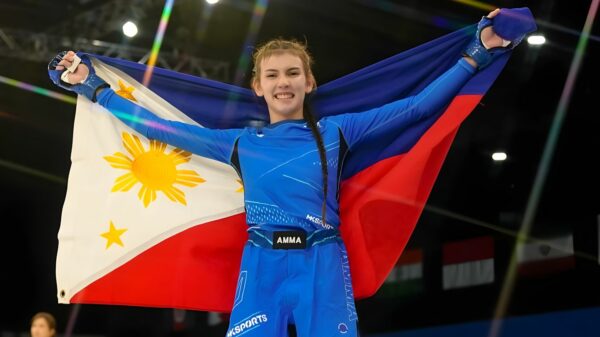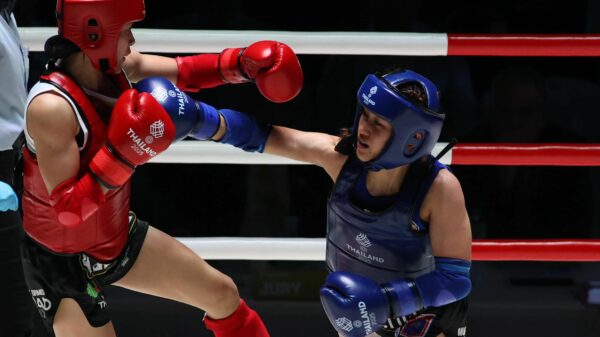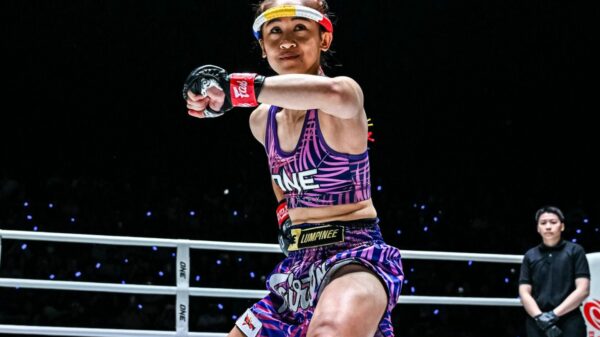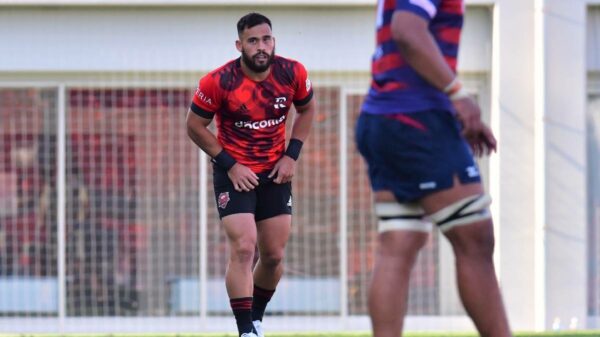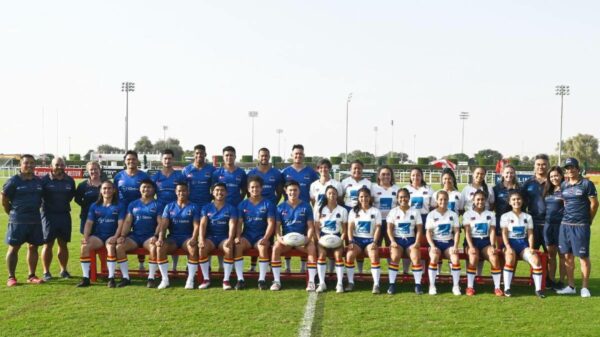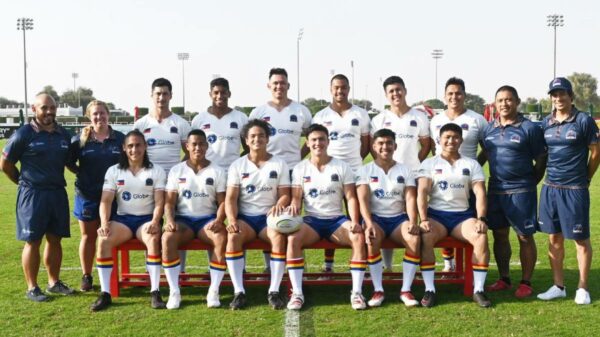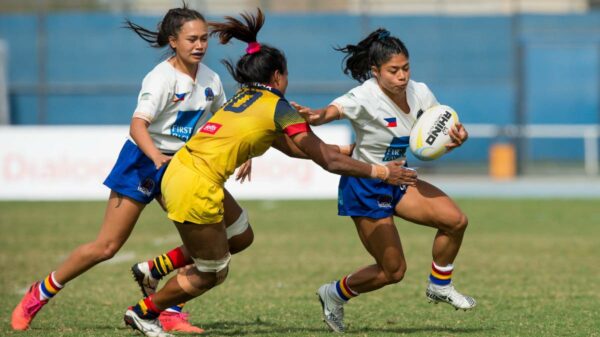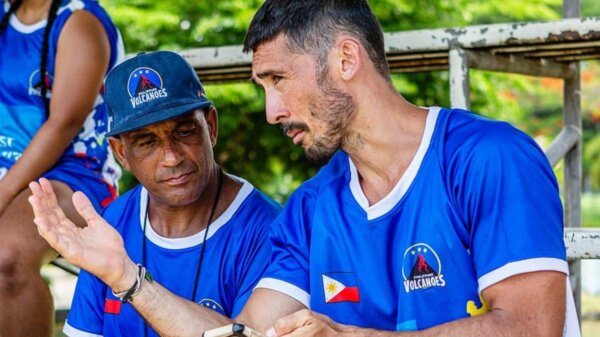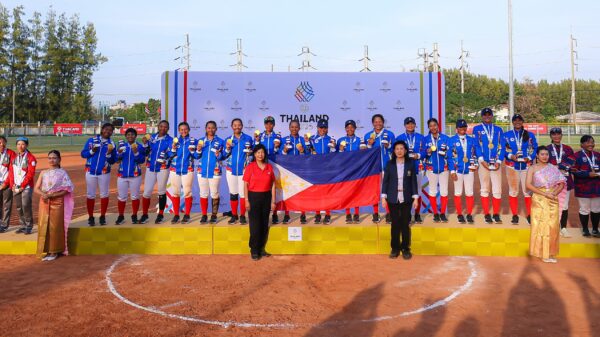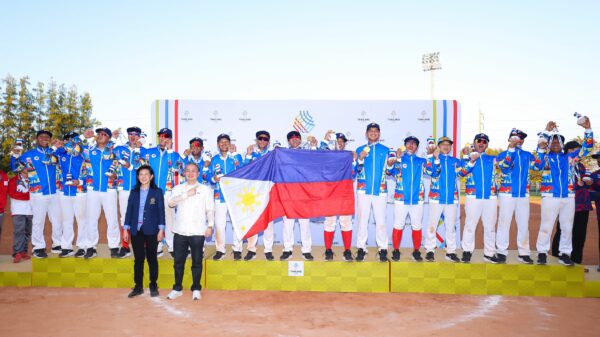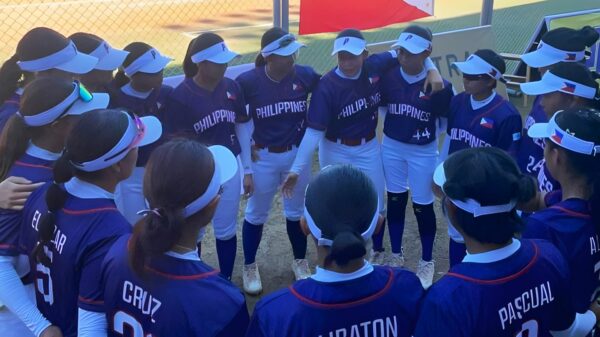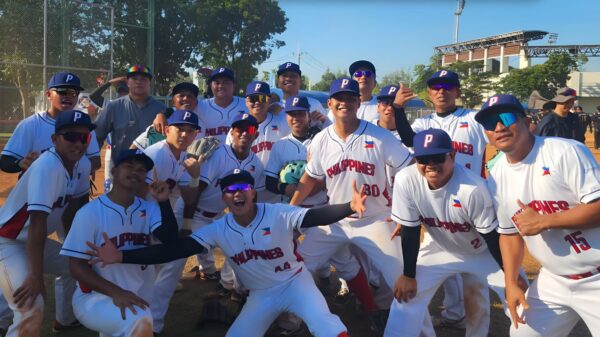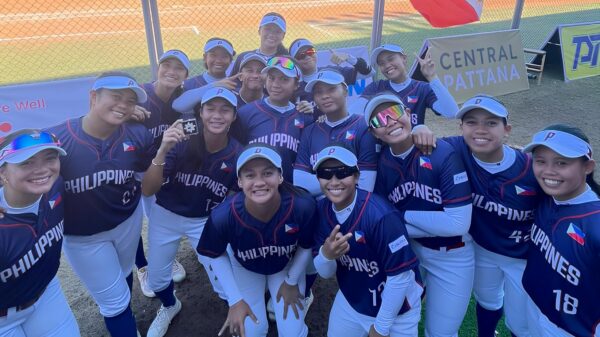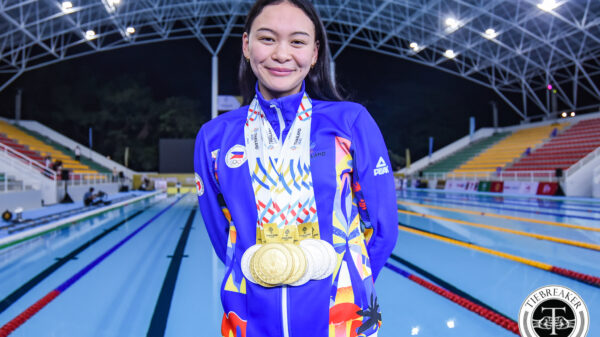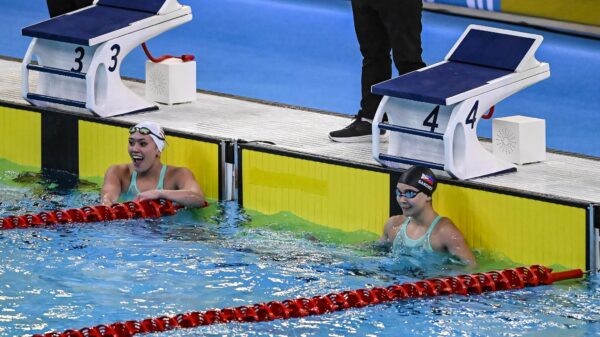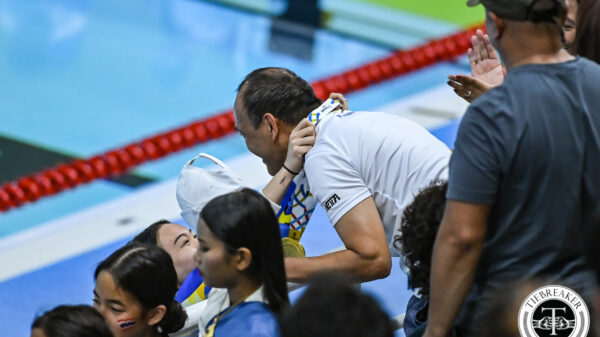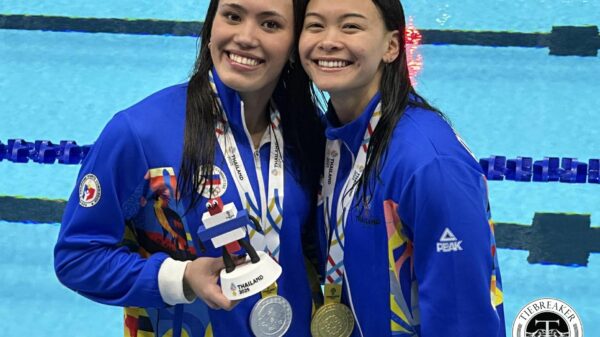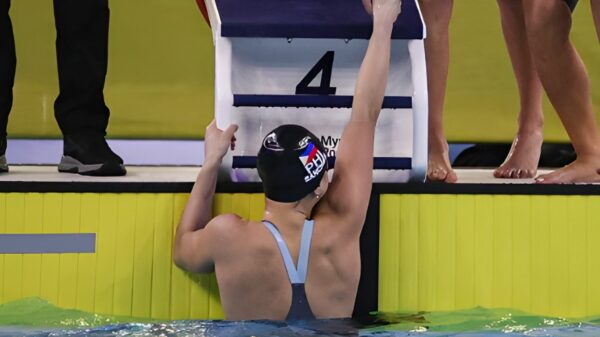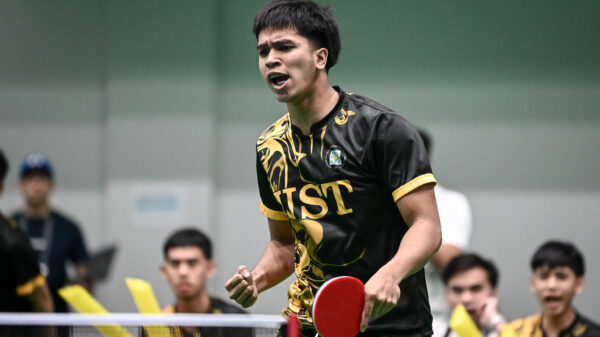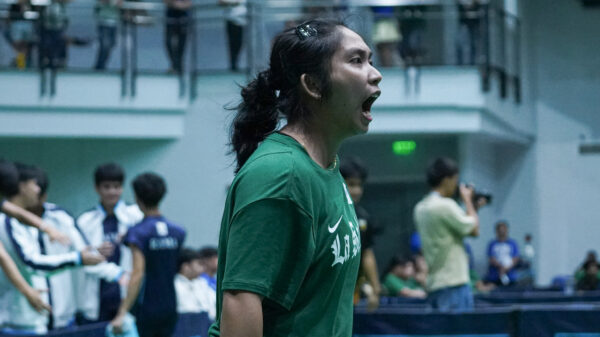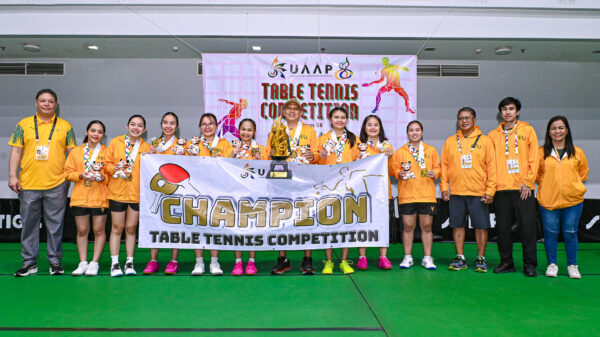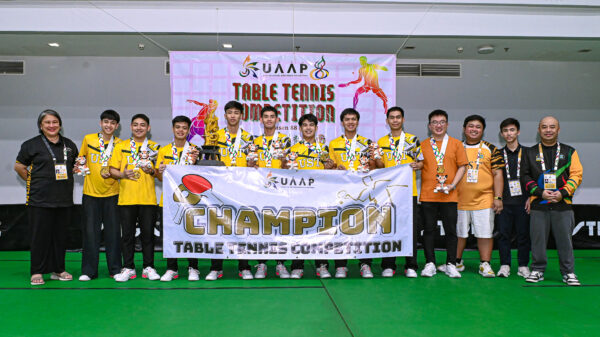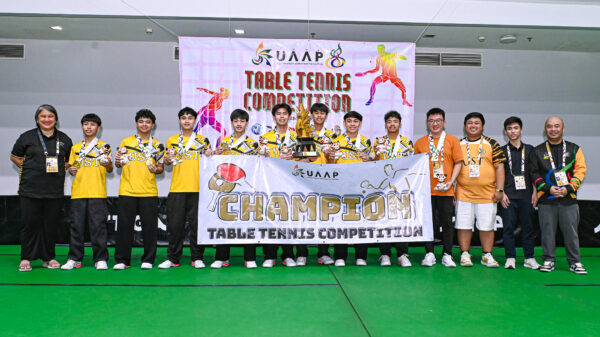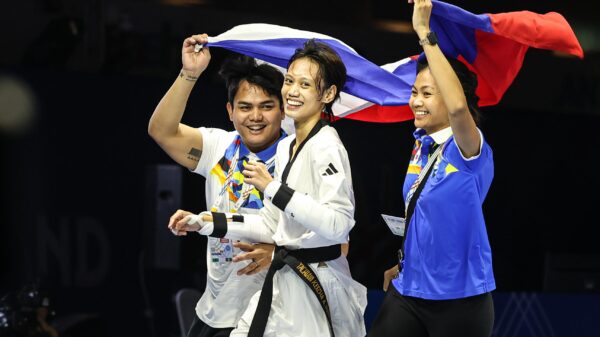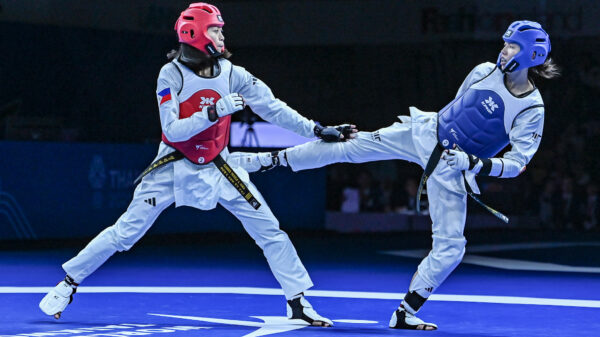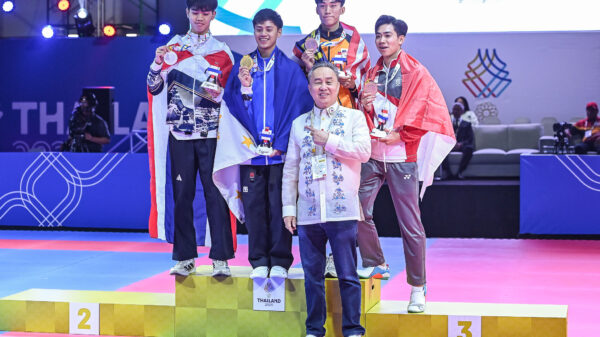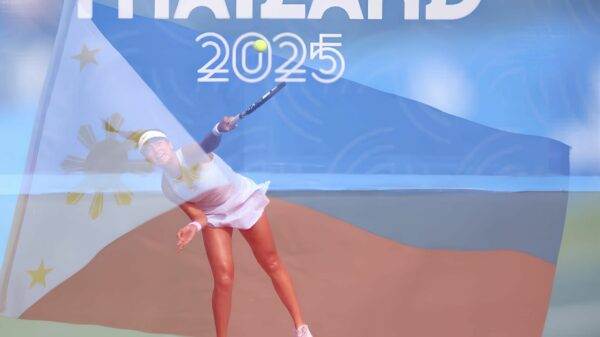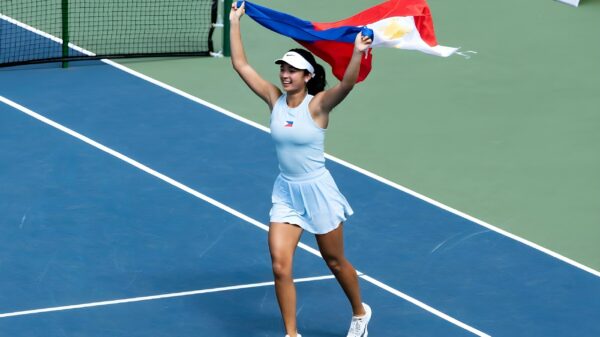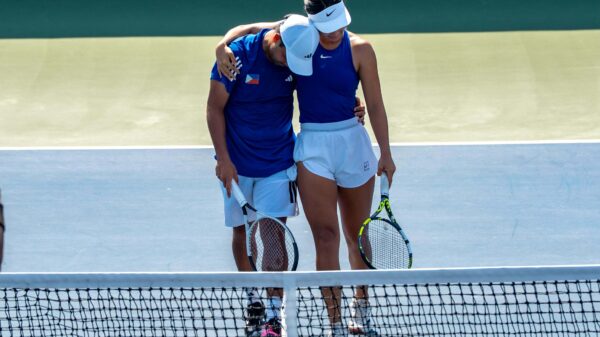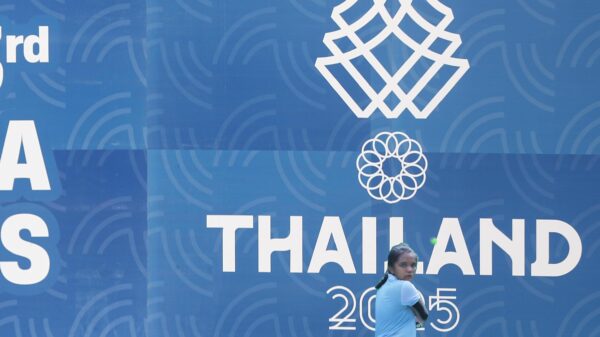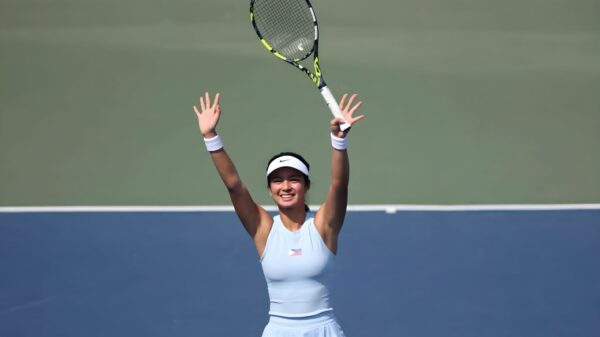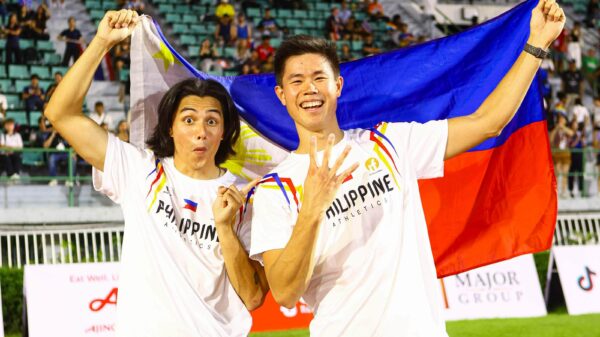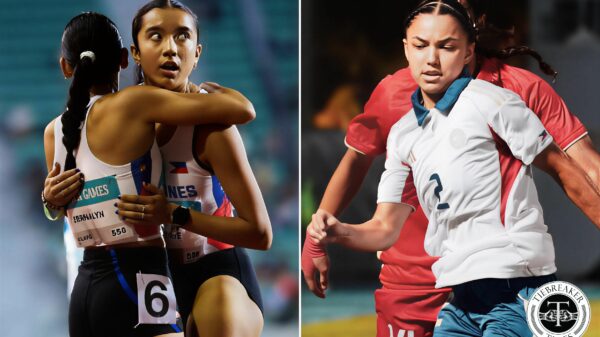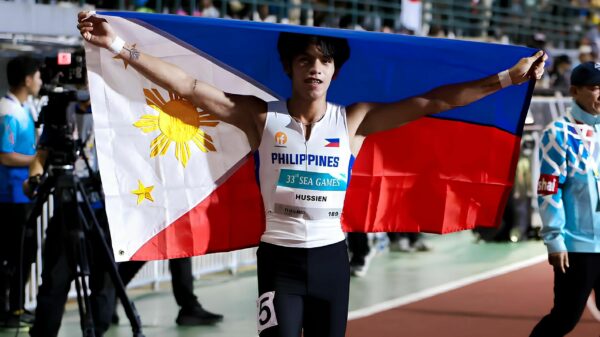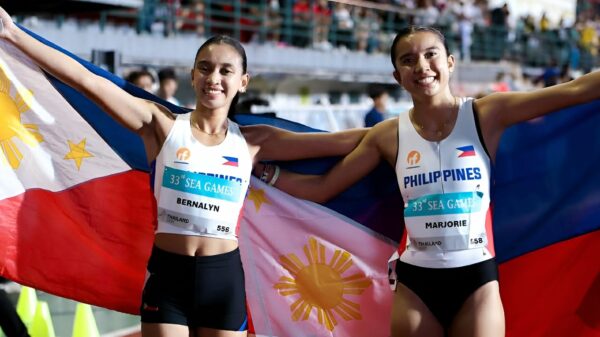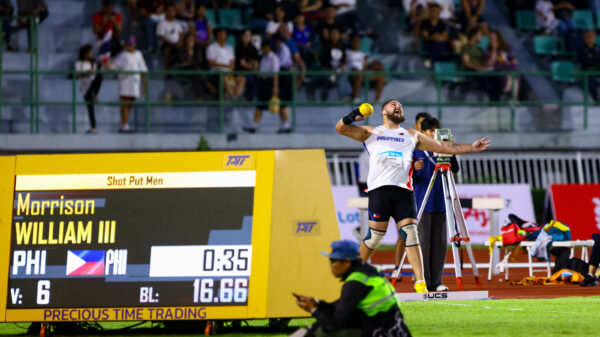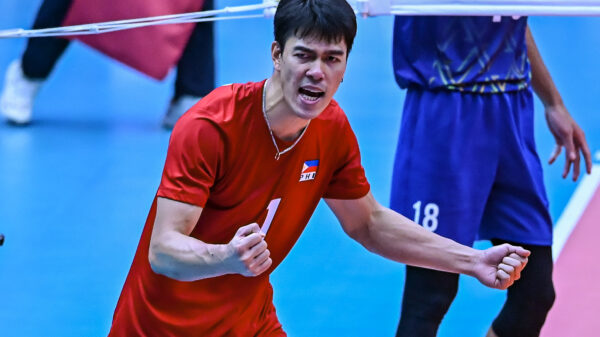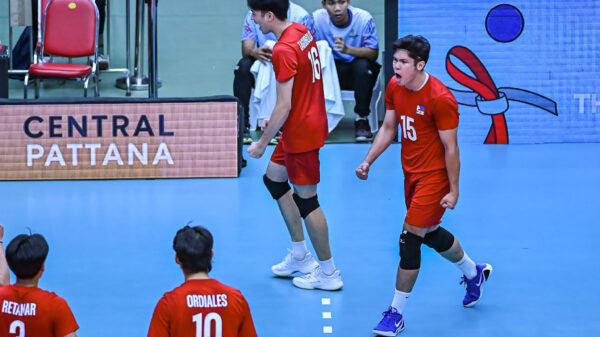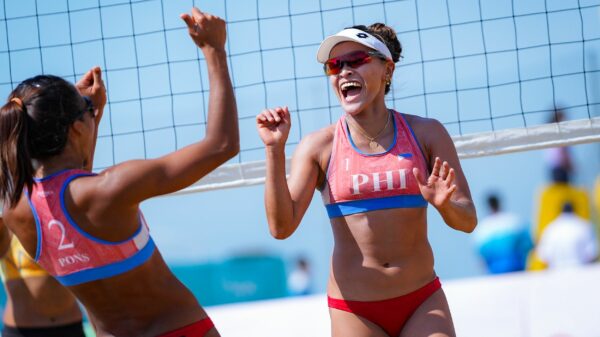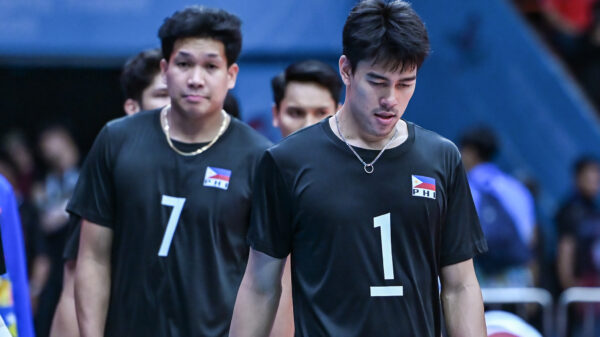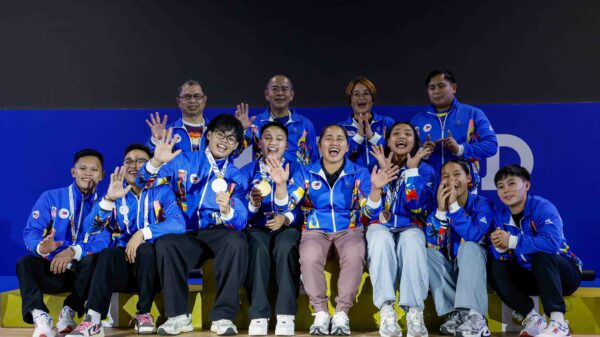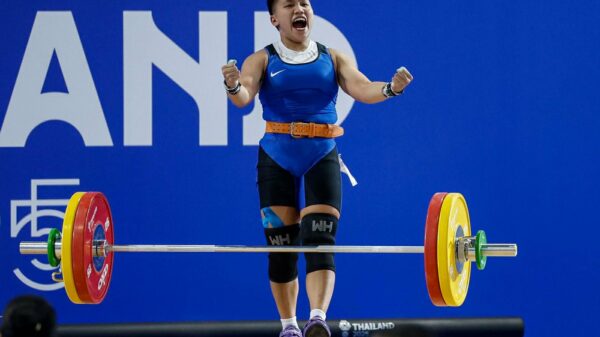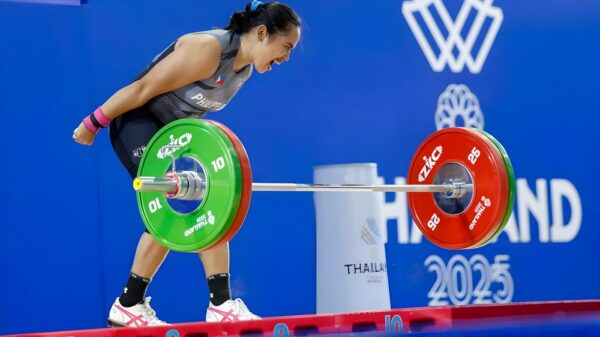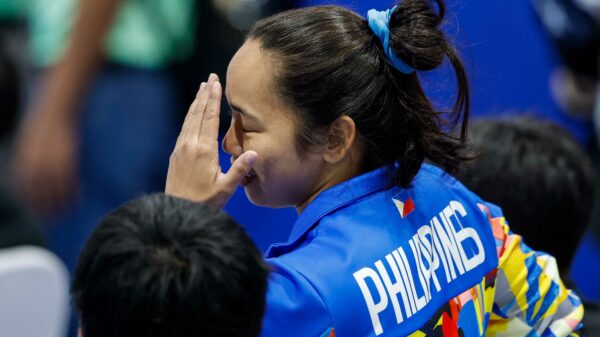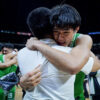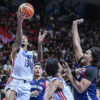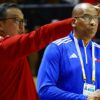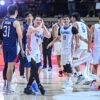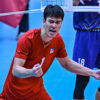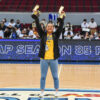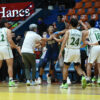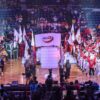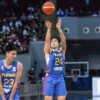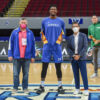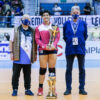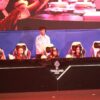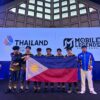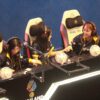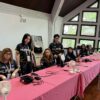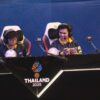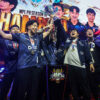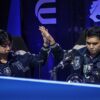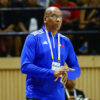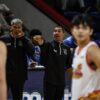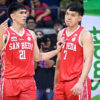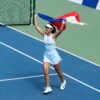It is a heavy day for the Philippine Women’s National Rugby Team. After months of twice a day trainings—one in the morning for strength and conditioning and another in the afternoon for field work—the Lady Volcanoes’ training pool is being cut down to the final 12 who will be representing the Philippines in the rugby 7’s event for the 28th Southeast Asian Games in Singapore.
There are visible tears on some of the players as the coaching team breaks the news. There are also some sighs of relief and obvious signs of joy on those who passed muster and are part of the final 12. Team dynamics play into the mix and hugs go around along with words of comfort for those who need it. In spite of all this, it is only the start of the road ahead. More will still be demanded of these players.
On the late afternoon of this Thursday for example, there is still the second training session of the day to be lived through.
“You can’t fit in 18 players into 12 [slots] but my philosophy is that without all those players we wouldn’t have a team ready for Singapore.
“It’s always difficult as a coach,” says the woman leading this team, Shirley Russell, 47, head coach of the Lady Volcanoes. “You can’t fit in 18 players into 12 [slots], but my philosophy is that without all those players we wouldn’t have a team ready for Singapore.”
Prior to her appointment as head coach of the Lady Volcanoes, Coach Shirley was a rugby player for the Australian national team before she transitioned into a coaching career that saw her lift the 2009 rugby 7’s World Cup trophy with the Wallaroos. By chance, and through former Lady Volcanoes head coach and now assistant coach to the team Susan Konstanty, this once elite-level player turned elite-level coach is now head of the Philippine women’s national team program. Asked on the challenges she’s had to face with the team, the Australian minces no words.
“[It’s] probably the skill-level of the players… because I come from an elite-level, considered as [a] global thing, rather than [here] in the Philippines where it’s still developing. It’s been challenging when it comes to that. Coming back down [but at the same time] trying to lift the girls up to where they need to be at the global/elite-level.”
The team’s training has so far centered on three things, according to Coach Shirley: the catch-pass, the tackle, and finding the combinations of players who work best together. “We’ve been having 3 to 4 field trainings a week—working constantly on what I call are real basic skills and its improved tremendously. Beforehand they couldn’t pass the ball 10 meters accurately or consistently, now a lot of them can do that.”
Rugby is a sport well-known for its physical play. Practitioners of it are often individuals with muscular frames—a necessity for bearing the brunt of tackles, and for pushing forward at the free-for-all ruck—but perhaps lesser noticed, especially for those not familiar with the game, is the technique that comes into playing this full-contact sport.
“When people first encounter rugby players, [their reaction is] hindi ba yan masakit sa katawan?” says Hilla Indigne, 27, prop/winger and vice-captain for the Lady Volcanoes.
Like most of her teammates, Hilla, is a product of the Philippine Rugby Football Union’s grassroots program and has only been playing the sport for a couple of years. “Done properly it doesn’t hurt,” the former power-forward for the Ateneo Lady Eagles says of the tackle.
“In rugby, what you’re trying to think [of] when you go through it is you go hard, especially when you’re going in for a tackle. Because when you start having doubts that’s when you get injured. That’s what our coach keeps telling us. When you’re going into contact, don’t think about second thoughts… Go in, go hard, you’ll be a lot safer that way.”
In human kinetics, the SAID principle stands for Specific Adaptation to Imposed Demands. It’s a key reason for training in a particular manner and with progression over the course of preparation for athletic competition. It’s also why athletes of different sports end up looking a certain way: the distance runner is thin and wiry, while the sprinter is ripped for explosiveness. There may be no perfect rugby body, but comparing rugby union’s two forms, 7-a side and 15-a side, Coach Shirley says 7’s is the leaner and faster of the two versions.
“For our game in particular, we need a lot of strength. And in the game, we need a lot of conditioning. The fact that you predominantly play 3 games in a day, then you could play up to 3 games the next day… you need endurance for that. You’ve got to be mentally tough and you’ve got to be prepared for it in strength and conditioning. It’s a different type of game. You’ve got to keep moving, you’ve got to do these things, whereas 15s is more strategic [and] more like a chess game. Here, you don’t have time for that.” Speed is the name of the game.
Lady Volcanoes captain and scrum half Acee San Juan, 28, adds that “One missed tackle [and] there’s less chance for that player to get tackled [again]” which leads to more scoring chances. Although the 15’s and 7’s is played in the same size pitch,“The field is bigger [in 7’s as] there are less players,” she says.

Acee San Juan, 28, scrum half. The Lady Volcanoes captain admits that at just a little under 5 feet tall she is usually the smallest competitor at tournaments. World-class coach Shirley Russell, however, describes San Juan as “the most determined” of the bunch.
Going into the SEA Games this June, the sentiment of the players is some nervousness but a readiness to face the tasks ahead.
“[This is] the first time ever for us,” confesses team captain Acee in a mixture of Filipino and English. “The men’s team played in 2007 and they got silver… On our part, from having lived at the PSC’s athlete’s dorm in Ultra, we feel [that] privilege of being part of team Philippines [and] our common goal is for the ranking of the Philippines to go up.”
Ada Milby, 31 and prop for the squad, says “All of the teams have their strengths and we know we’ll have to give each match 100% effort.”
Rugby in the Philippines is a relatively small but thriving community and the line-up of the Lady Volcanoes represents a grassroots effort that’s bearing fruit: Madille Salinas, 28 and hooker for the team, for example is among the Cebuanas active in this line-up. A medal at the games would do well for the sport’s further development, to get not only more players interested in rugby, but also get younger girls started at the sport.

Ada Milby (right) gave birth to a baby girl last February 28 and is back training with the Lady Volcanoes. At 31, she plays the position of prop for the squad and has also been one of the driving forces behind rugby development in the country through her involvement with the Philippines’ rugby union governing body.
In the five-country women’s rugby 7’s event, Coach Shirley tags Thailand and host-country Singapore as the teams to beat. “They’ve been in a full-time program for longer,” says coach. “They get more opportunities to play more games than we do…. because rugby like most sports is you’ve got to be doing it and you’ve got to be doing it well. The other two countries Laos and Malaysia I know they’ve been working really hard also, but I think we should be able to beat them and beat them well.”
What stands between the girls and a medal finish are four countries, but according to the team’s motto, what stands between those teams and the Lady Volcanoes is the battle-cry “Laban Pilipinas”.
During the eight-year hiatus of rugby from the SEA Games roster, the fast and dynamic 7’s game has increased in popularity worldwide. In 2009, the sport was officially named an Olympic event and is to be included in Rio in 2016.
With this SEA Games in particular, the Lady Volcanoes are the test case for the country’s medal potential in the sport, and the Philippine Sports Commission along with the Philippine Olympic Committee has thrown their support behind the team. “They’ve provided everything for us,” from billeting, nutrition, strength & conditioning, physical therapy, sports vision and sports psychology consultations, says captain Acee. “Siguro ito na yung best preparation ever for team Philippines….first time namin pero feel namin ito na yung best.”
“Alaga kami,” she adds.
As for Coach Shirley, she knows all too well the incentive for countries to develop sports when golden glory is at stake: “An Olympic sport will open up new avenues [and] if the [government] could continue the support, the [Philippines] could be very competitive.”
Rugby may not be a sport familiar to Filipinos, but development is all about knowing what is possible and taking steps to get there. Greatness is worked for in any field. The road ahead maybe tough, but then again the Lady Volcanoes have been training for just that.

